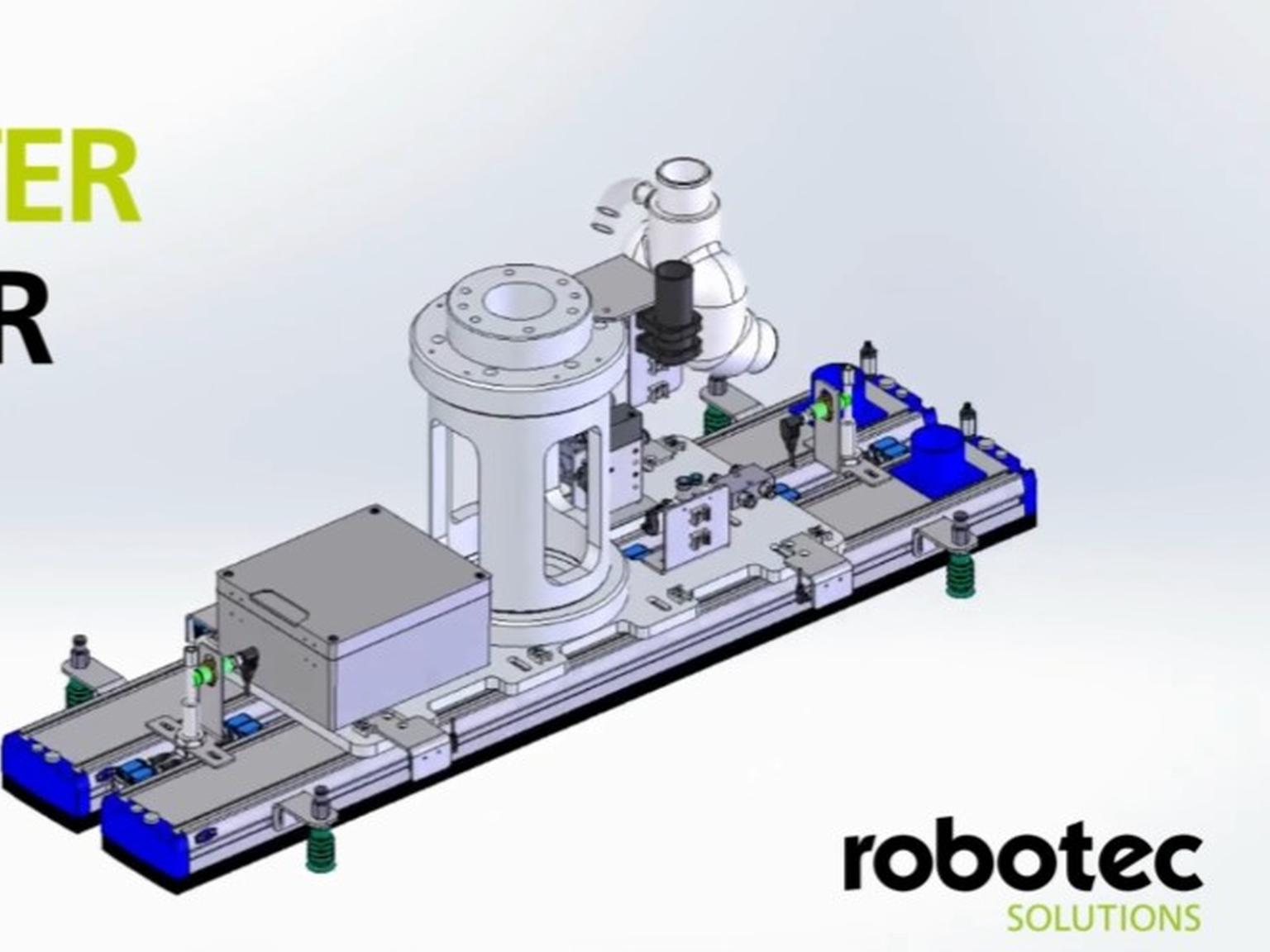Handling objects is something most people take for granted. The great complexity behind it becomes apparent as soon as similar movement patterns are transferred to machines in the manufacturing industry. While our brain controls arms and hands precisely without noticeable effort and creates an image of the environment with our eyes, a robot requires a lot of technology to recognize, grip, and move objects.
What are robotic grippers?
Robotic grippers are the hands of robots and vary depending on the workpiece they need to grasp. The gripping technology belongs to the group of end effectors. In robotics, end effectors are the last element in a connected chain (kinetic chain). They form the interface between the workpiece and the robot.
What types of grippers are there?
There are four subdivisions of grippers, which mainly differ in the way they apply gripping force to the workpiece: mechanical, vacuum-based, magnetic, or adhesive.
Mechanical grippers are widespread in robotics and are used particularly often. In most cases, they are pneumatically operated, as this type of drive allows precise movement at low cost. However, the demand for electric grippers is also increasing because they are both precise and very dynamic. Occasionally, hydraulic systems are used for heavy loads.
Vacuum-based suction grippers are particularly gentle and space-saving. They allow top-down gripping, enabling seamless positioning of workpieces next to each other. The objects need a smooth surface to allow air suction and for the gripper to adhere.
With magnetic grippers, a distinction is made between permanent and electromagnetic grippers. Because the permanent magnetic gripper applies a constant gripping force, the workpiece must be "taken off" the gripper. The electromagnetic gripper is supplied with direct current, which provides the required magnetic field. The uptake and release of ferromagnetic workpieces are done by switching the power supply on and off.
Adhesive grippers are designed for the sensitive and residue-free picking up of materials. The technology is based on the principle of adhesion and uses intermolecular Van der Waals forces to ensure adhesion. The gripping surface of the grippers is equipped with millions of microscopic hairs that develop shear adhesion when pressed onto a surface. Since the component-friendly adhesion technology requires neither compressed air, vacuum, nor electricity, the effort for commissioning is comparatively low. However, it must be noted that once the adhesive gripper is dirty, the workpieces no longer adhere. To release the workpiece from the gripper, a twisting or tilting motion must be performed.
Are you interested in a customized robotic system but not sure which grippers you need? No problem! In our detailed consultation, we support you throughout the entire process on your way to your customized robotic automation system. We are happy to assist you.
